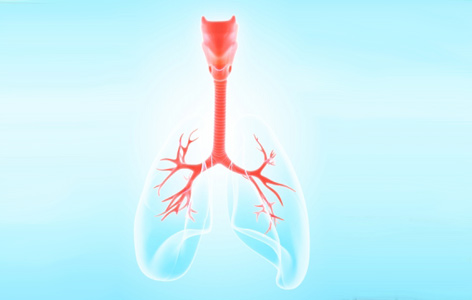Home page Description:
Helping doctors choose the best ventilators for their patients.
Posted On: September 23, 2016

By Shaalee Dworski, ORT Science Writer and UHN Research Trainee
Physicians rely on critical care ventilators to support patients that need help performing the most fundamental of human functions: breathing. They rely on these complex machines to work perfectly every time.
But an incorrectly connected ventilator can cause serious damage—such as infection, lung injury or collapse, and oxygen toxicity—which is especially dangerous to patients that are already weak. After properly connecting a patient, mistakes may also occur when adjusting the settings of a medical device with a poorly designed interface.
Dr. Plinio Morita, a former post-doctoral fellow at Healthcare Human Factors now working under the supervision of Dr. Joseph Cafazzo, and colleagues compared four mechanical ventilators currently available on the market. Their comparative usability study tested the ability of 48 critical care respiratory therapists to set up and operate the ventilator correctly in seven different scenarios.
Which ventilator took their breath away and came out on top? The SERVO-U. It had a comfortable interface with which to interact, resulted in less user errors and was perceived as the best machine by the majority of users.
Knowing the strengths and weaknesses of ventilators as they are currently designed will aid in the design of future ventilators. Increased safety and an easier user experience will be critical in the coming years as the population of baby boomers ages and the need for ventilators increases.
Click here to read the full article.
The ORT Times spoke with the first author and trainee, Dr. Plinio Morita:
Physicians rely on critical care ventilators to support patients that need help performing the most fundamental of human functions: breathing. They rely on these complex machines to work perfectly every time.
But an incorrectly connected ventilator can cause serious damage—such as infection, lung injury or collapse, and oxygen toxicity—which is especially dangerous to patients that are already weak. After properly connecting a patient, mistakes may also occur when adjusting the settings of a medical device with a poorly designed interface.
Dr. Plinio Morita, a former post
Which ventilator took their breath away and came out on top? The SERVO-U. It had a comfortable interface with which to interact, resulted in less user errors and was perceived as the best machine by the majority of users.
Knowing the strengths and weaknesses of ventilators as they are currently designed will aid in the design of future ventilators. Increased safety and an easier user experience will be critical in the coming years as the population of baby boomers ages and the need for ventilators increases.
Click here to read the full article.
The ORT Times spoke with the first author and trainee, Dr. Plinio Morita:
- Could manufacturers help prevent misuse of ventilators by designing machine-specific training programs?
- What feature would be a “breath of fresh air” for you to see on an ideal ventilator?

Dr. Plinio Morita, first author and UHN trainee.

